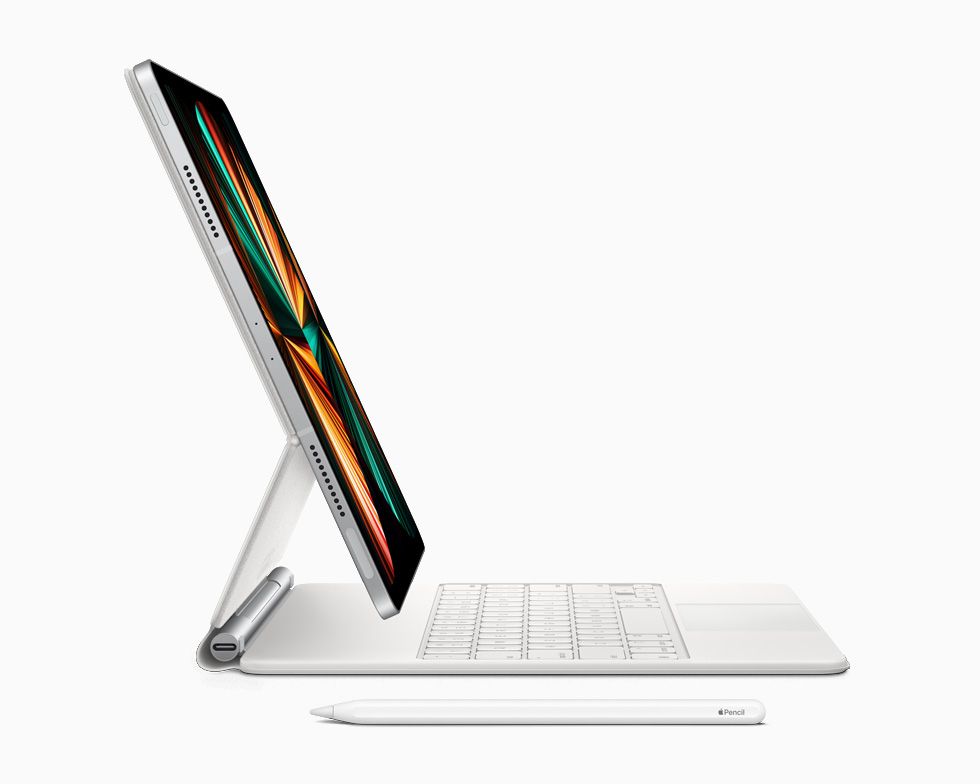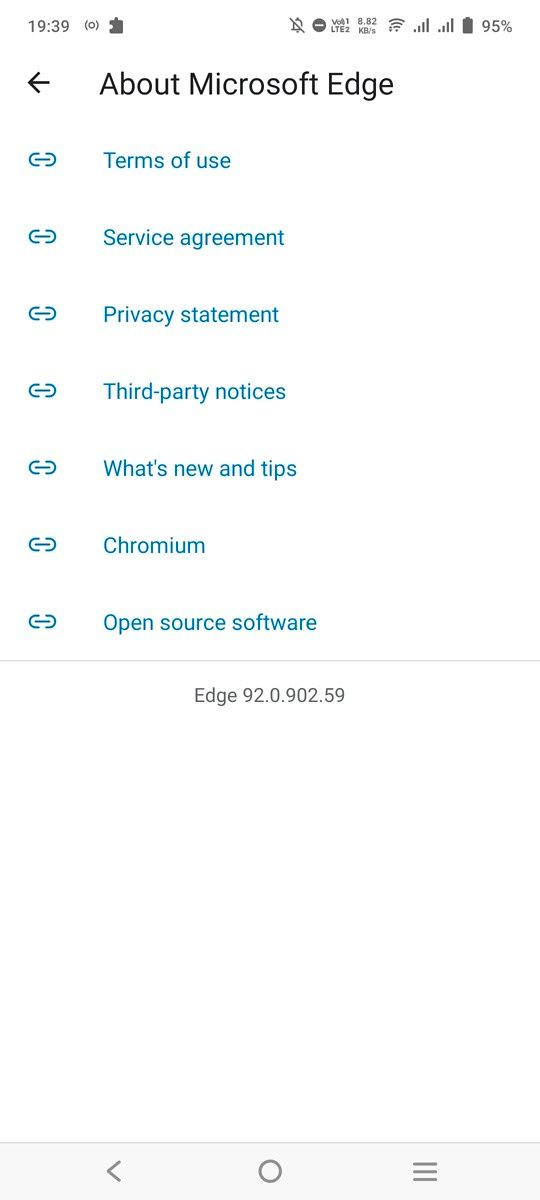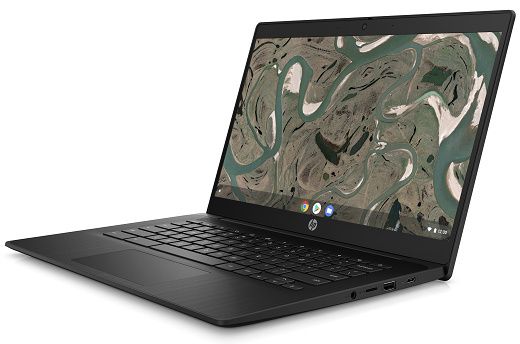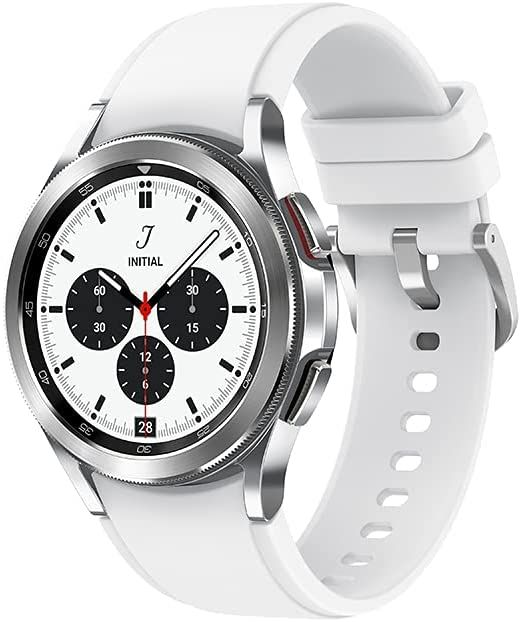Apple has been pretty adamant about how the iPad Pro is an excellent laptop replacement, especially the new 2021 model powered by its M1 chipset. This is the same processor Apple currently uses on the MacBook Pro 13, MacBook Air, Mac mini, and the 24-inch iMac. The latest iPad Pro offers ample storage options, lots of memory, support for 5G connectivity, and a brand new mini-LED display.
On the other side of the spectrum, we have Microsoft with the Surface Pro X, the first and only tablet from the company running on an ARM chipset made by Qualcomm and running full-fledged Windows 10.
If you’re looking for a reliable productivity tablet, there are many similarities between these two. Both offer a 13-inch display, run on ARM chipsets, and you can get them with an optional keyboard and stylus accessories. But which one is the better option?
Apple iPad Pro 12.9-inch (M1) vs. Microsoft Surface Pro X: Specifications
| Apple iPad Pro 12.9-inch (M1) | Microsoft Surface Pro X | |
|---|---|---|
| CPU |
|
|
| Graphics |
|
|
| Body |
|
|
| Display |
|
|
| Ports |
|
|
| Storage |
|
|
| RAM |
|
|
| Battery |
|
|
| Audio |
|
|
| Camera |
|
|
| Connectivity |
|
|
| Color |
|
|
| Price |
|
|
Design: Surface Pro X offers more ports and comes with a kickstand
The iPad Pro 2021 continues to have a similar design as last year, with a slim aluminum chassis, a square camera bump at the back, and fairly thin bezels. The Surface Pro X also comes with an aluminum finish and is quite a sleek device offering almost the same thickness (0.25 vs. 0.28 inches) as the iPad Pro and weighing only a tad bit more (682 vs. 774 grams). It has a single camera at the back which, just like the Surface Pro 7, is flushed with the main body, so there’s no camera bump. Like all Surface tablet devices, the Surface Pro X comes with a built-in kickstand allowing you to prop up the tablet on a desk without the need for an additional case or accessory.
If you keep the two tablets side by side, you’ll notice both offer different screen aspect ratios; so the iPad Pro has a taller-looking display. The iPad also has flat edges compared to the rounded-off edges on the Surface Pro X. Another thing you should know is the bezels on the Surface aren’t consistent, as the top and bottom ones are thicker, while they’re slimmer on the sides.

Things get interesting when it comes to the port selection on these two tablets. The Surface Pro X offers two USB-C ports on the left and a Surface Connect port on the right. This means you get more than one connectivity option on the Surface, besides having the ability to use adapters, dongles, or even a dock. On the other hand, the iPad offers all of that bandwidth through a single USB-C port with support for Thunderbolt.
Additionally, if you go for Apple’s Magic Keyboard for the iPad Pro, an extra USB-C port is built into the spine of the keyboard case that can only be used for passthrough charging. Both tablets skip on the headphone jack, which is a huge bummer.
The Surface Pro X offers the option of upgrading the internal SSD, and while getting your hands on an M.2 2230 SSD is not that easy, it’s still better than the fixed storage options you get on the iPad.
To sum it up, both tablets offer an excellent design. The Surface Pro X is undoubtedly more practical thanks to the built-in kickstand and wider port selection, but the iPad gets all the points for being lighter, slimmer, and being a very minimalistic device.
Display: Liquid Retina XDR display on the iPad Pro is unbeatable
The display size is more or less the same on both the iPad Pro and Surface Pro X. However they come in different aspect ratios. The iPad comes with a 4:3 ratio, while the Surface has a 3:2 ratio. Neither of them feels out of place, although the iPad does look taller. Of course, the real difference is when you compare the panel itself, and that’s where the iPad Pro shines, quite literally.

Apple is using a mini-LED-based display on the iPad Pro, specifically the 12.9-inch model. The new ‘Liquid Retina XDR’ offers 1,000 nits maximum full-screen brightness, which can go up 1,600 nits peak brightness with HDR. This makes it one of the brightest displays on a tablet today, allowing you to easily view content even under the harshest sunlight. The display also supports Apple’s ProMotion feature, which can automatically switch over to a 120Hz refresh rate for a smooth experience.
In comparison, the 13-inch display on the Surface Pro X comes with a 2880×1920 resolution meaning it offers equally good pixel density, but it’s a 60Hz panel that can only go up to 450 nits peak brightness.
Keyboard and stylus: Surface Pro X Keyboard offers better functionality



The Surface Pro X and the iPad Pro have their own respective keyboards and stylus. Sadly they don’t come bundled with either of them, which means you need to spend extra money for a keyboard and stylus if you’re planning to buy the new iPad Pro or Surface Pro X. You can either go for the Apple Smart Keyboard Folio for the 12.9-inch iPad Pro that costs $199, or if you’re looking for a proper laptop experience, you need to invest in the Magic Keyboard, which costs $349. The iPad Pro also supports the 2nd-gen Apple Pencil, which is available for $129.
The Magic Keyboard for the iPad Pro gained a lot of attention during its launch last year with its floating screen design. It looks really cool, allowing you to snap the iPad using strong magnets inside the upper portion of the keyboard case. But there are limitations. First and foremost, the display angle is limited compared to what you get on the Surface Pro X, thanks to its kickstand. On top of that, the entire weight of the tablet rests on the top half of the keyboard, which makes the entire setup a bit wobbly, especially if you don’t have a flat desk.
The Apple Pencil is currently the most versatile stylus you can have on a tablet. It goes beyond doodling and scribbling notes by letting you convert handwriting into text almost anywhere on UI using Scribble, switching between tools by double-tapping, various gestures, wireless charging, tilt and pressure support, and a lot more.
The standard Surface Pro X Keyboard is priced at $140 and is very similar to the Surface Pro Type cover for the Surface Pro 6/7, having a slim profile, backlit keys, and magnets that help you easily snap onto the tablet. If you can spend a little extra, the Surface Pro X Signature keyboard offers a black Alcantara fabric and a pen garage for you to stow the stylus.
Microsoft redesigned the stylus for the Surface Pro X, which is now smaller and has a flat design. The $145 Surface Slim Pen can also charge wirelessly using its own charging cradle or when you store it in the Surface Pro X Signature keyboard. The features for the stylus are pretty similar to what you can expect from most of the options out there available on Windows; however, the next Windows 11 update is expected to bring some new, well-needed upgrades.
The typing experience shouldn’t be an issue on either of the keyboards, and you should quickly adapt to the layout. Having said that, the keyboard for the Surface Pro X is not only cheaper but easier to handle as well. The Magic Keyboard is undoubtedly unique and offers an additional USB-C port, but function matters over form at the end of the day. I also recommend checking out the Logitech Combo Touch keyboard case, which is comparatively cheaper than Apple’s Magic Keyboard, and completely transforms the iPad Pro into a Surface-like device.
When it comes to pen support, the Apple Pencil is a clear winner as it offers a wide range of features, but note there’s no dedicated cradle, like the Surface Slim Pen, unless you invest in a third-party case.
Performance: The M1 Silicon is superior to the Microsoft SQ2
The Surface Pro X is one of the only Microsoft products that’s powered by an ARM processor. The company partnered with Qualcomm to build custom SoCs (system on chip) called the SQ1 and SQ2, which are basically the same as the 1st-gen and 2nd-gen Qualcomm Snapdragon 8cx chipsets. You can check out some of the best native apps for Windows on ARM.
The SQ2 chip model was announced last year and comes with the big-little architecture, having four CPU cores clocked at 3.15GHz, while the other four are clocked at 2.42GHz. You can configure it with 16GB of RAM and up to 512GB SSD, which is user-replaceable.
The new iPad Pro runs on Apple’s M1 chipset, which is also based on the ARM architecture; however, there are no limitations regarding app support. As mentioned before, this is the same chip Apple now uses to power the MacBook Pro 13, the MacBook Air, Mac mini, and the new 24-inch iMac. It’s based on the 5nm node featuring an octa-core CPU, an octa-core GPU, and a 16-core neural engine. In terms of memory and storage, the iPad Pro is available with 8GB of RAM on models with 128GB, 256GB, or 512GB of storage, and 16GB RAM on models with 1TB or 2TB storage.
In our comparison of the iPad Pro with the Surface Pro 7, I mentioned the iPad Pro hardware is far superior. At the same time, it’s unfair to compare the performance as both tablets run on different operating systems. Similarly, the Surface Pro X also runs on Windows, and once again it isn’t very straightforward if we were to compare the performance. Of course, benchmark test numbers suggest that the iPad Pro wins by a good margin.
Bottom line
I would reiterate my conclusion from the iPad Pro and Surface Pro 7 comparison. If you’re planning to buy either of these, make sure you think about your core needs. The iPad is a great tablet but not a perfect replacement for a laptop. It has wide app support on a mobile-like ecosystem, offers better cameras, the option of 5G connectivity, and possibly the best pen input you can get. However, the Surface Pro X is better tuned for a laptop experience as it runs on Windows, even though it offers limited support for apps. You’ll feel more familiar while carrying out day-to-day tasks like web browsing, checking emails, editing photos, and so on.
Also, before you make up your mind, check out our roundup of the best Surface PCs from Microsoft and the best iPads on the market.
- The 2021 12.9-inch iPad Pro is powered by Apple's M1 ARM chipset and an all-new Liquid Retina XDR mini-LED display. It can be configured with up to 2TB of storage, 5G connectivity and offers Thunderbolt support.
- The Magic Keyboard for the iPad Pro comes with a floating-screen design, backlit keys and an additional USB-C port.
- The Surface Pro X is Microsoft's ARM-based Windows hybrid tablet that's powered by a custom version of the Qualcomm Snapdragon 8cx.
- The Surface Pro X Signature keyboard bundle comes with the Surface Slim Pen and a dedicated cradle to store the stylus.
- The Surface Slim Pen is specifically designed for the Surface Pro X as it can be easily stored in the Surface Pro X Signature Keyboard cover, although it offers support for the entire Surface lineup of products.
The post Apple iPad Pro 12.9-inch (M1) vs Microsoft Surface Pro X: Battle of the best ARM tablet appeared first on xda-developers.
from xda-developers https://ift.tt/3zP2Pcw
via IFTTT























